As part of supporting the academic, research and outreach programs of the project, EENSAT had planned to equip the three local partner universities with the state of the art Geo-Information Technology (GIT) infrastructures. This was foreseen to be implemented in phases. Accordingly, the first batch of GIT equipment is procured and delivered to the local partner universities.
Prior to delivery, the GIT equipment was pre-configured and tested at ITC (Figure 1a). The equipment is now installed at the three local partner universities (Figure 1b).
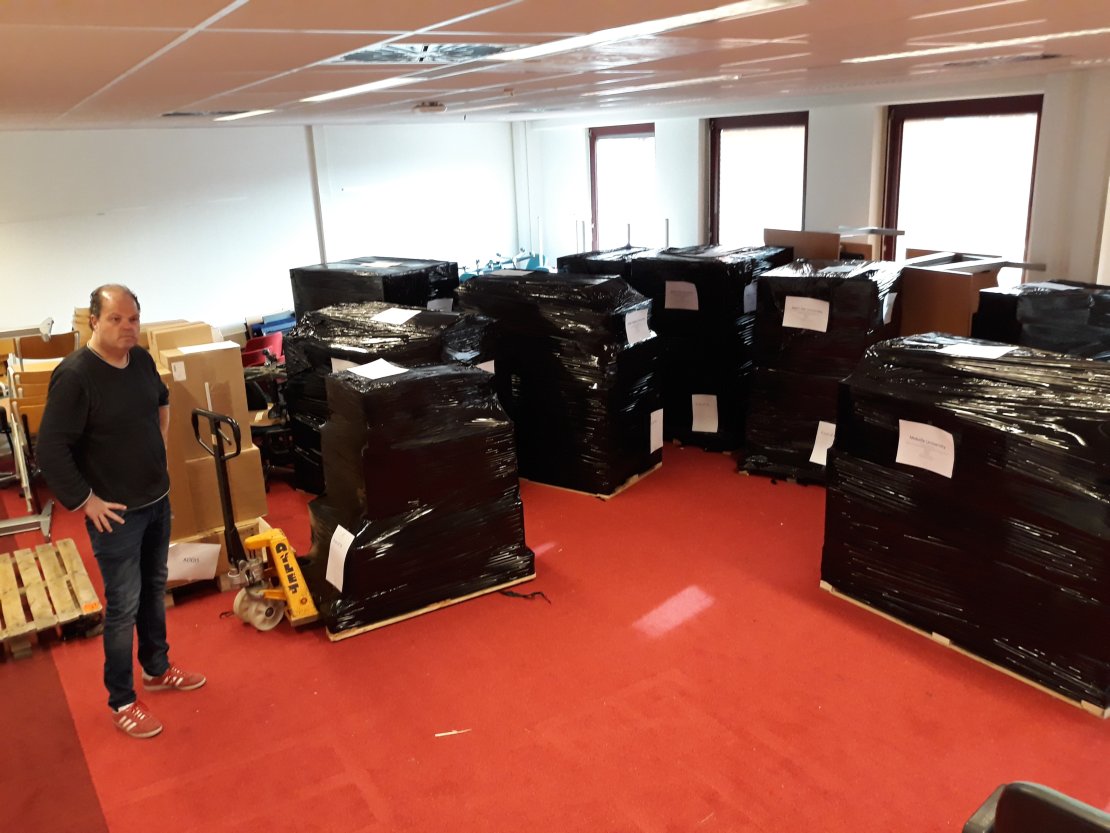
Figure 1a. GIT equipment pre-configured and tested at ITC
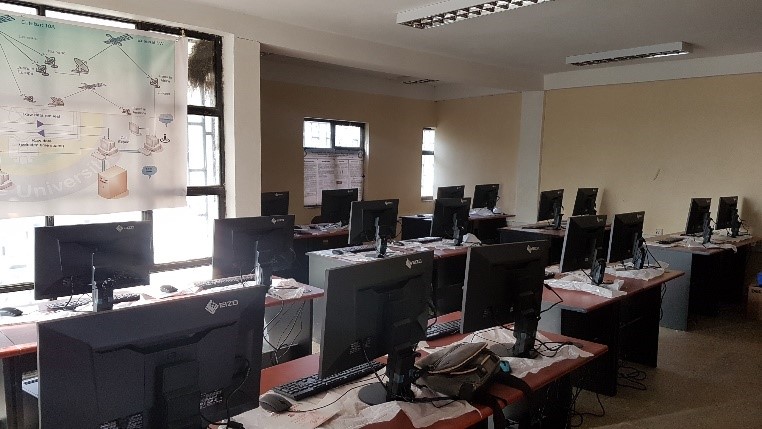
Figure 1b. GIT equipment installed at cluster rooms and data-centre (Mekelle University)
The GIT infrastructure comprises of both a data centre and a computer cluster that supports academic staff of each local partner university in their effort towards the use of Geo-Information to study multiple aspects related to the Agricultural Transformation policies in Ethiopia. Through the data centre, each local partners is supported with a high end server, 40 TB Network Attached Storage (NAS), switches, UPS, and related accessories. In the computer cluster each local partner is provided with 21 high-end desktops (21 high-end laptops in case of Addis Ababa University), flat-bed scanners, 2 wifi routers, 1 high level plotter, EUMETCast reception systems, and related accessories. For the academic staff, 5 high-end laptops are provided.
These infrastructures are an important backbone for the linkage with TVETs, Bureau of Agriculture, Bureau of Water Resources, and private companies through training and data sharing platforms as well as for Distance Education. At some of the local partner universities the clusters are ready (Figure 2) and now support the staff training in advanced GIS and RS, and Climate Modelling; trainings in high demand of high end capacity computers (Figure 3). Even some MSc researchers have started to utilize these computers for their modelling activities.
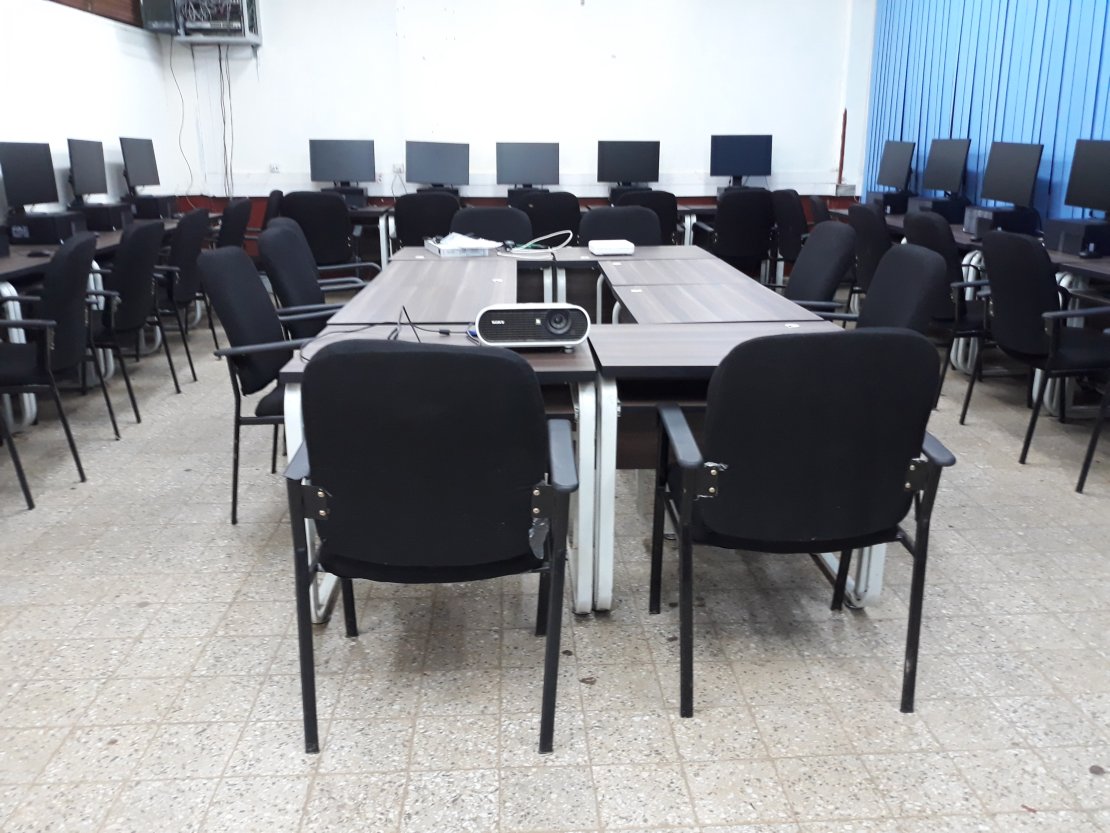 Figure 2. Computer cluster at BDU
Figure 2. Computer cluster at BDU
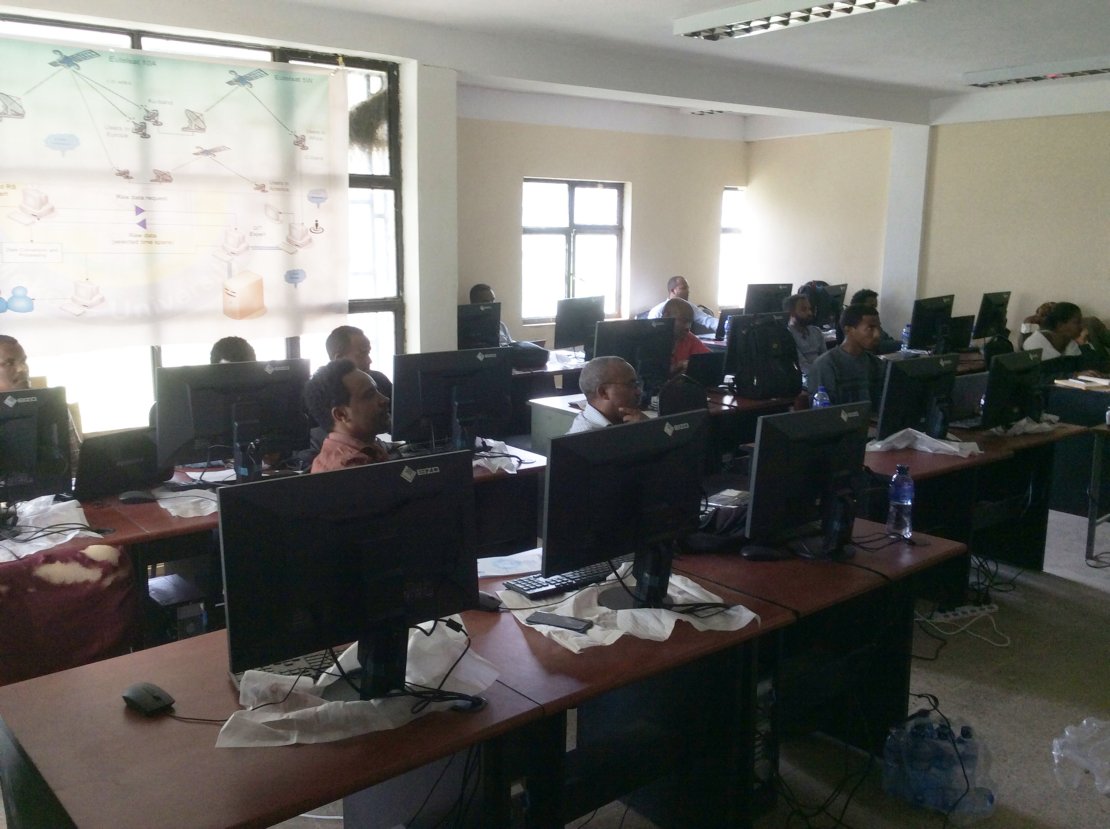 Figure 3. Training to academic staffs at Mekelle University using computer clusters from EENSAT
Figure 3. Training to academic staffs at Mekelle University using computer clusters from EENSAT
Similarly, the GIT Infrastructure includes the establishment of a EUMETCast reception station. As a result, the system is now functional and will provide image data every 15 min., covering the whole of Africa and Europe (Figure 4). These data sources will be a backbone for the academic, research, and outreach component of the EENSAT. Furthermore, development organizations in Ethiopia can utilize the data for planning and operational activities.
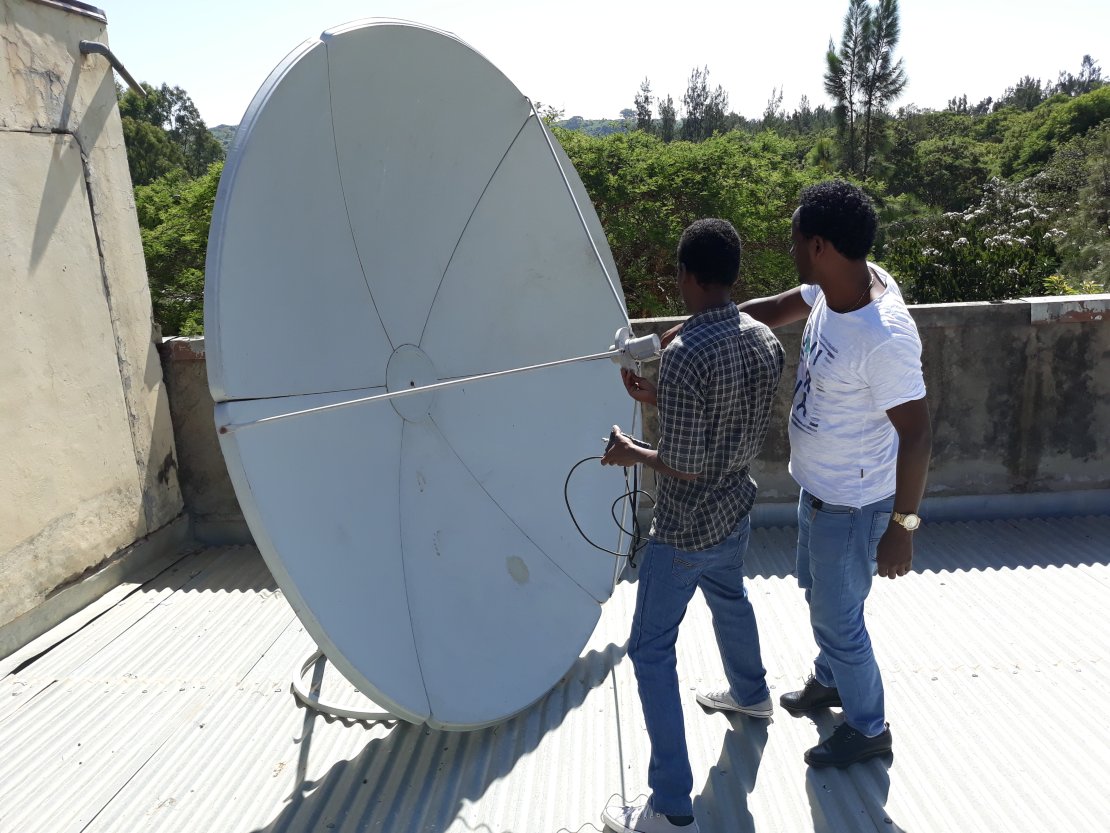 Figure 4. EUMETCast reception system at Bahir Dar University
Figure 4. EUMETCast reception system at Bahir Dar University





